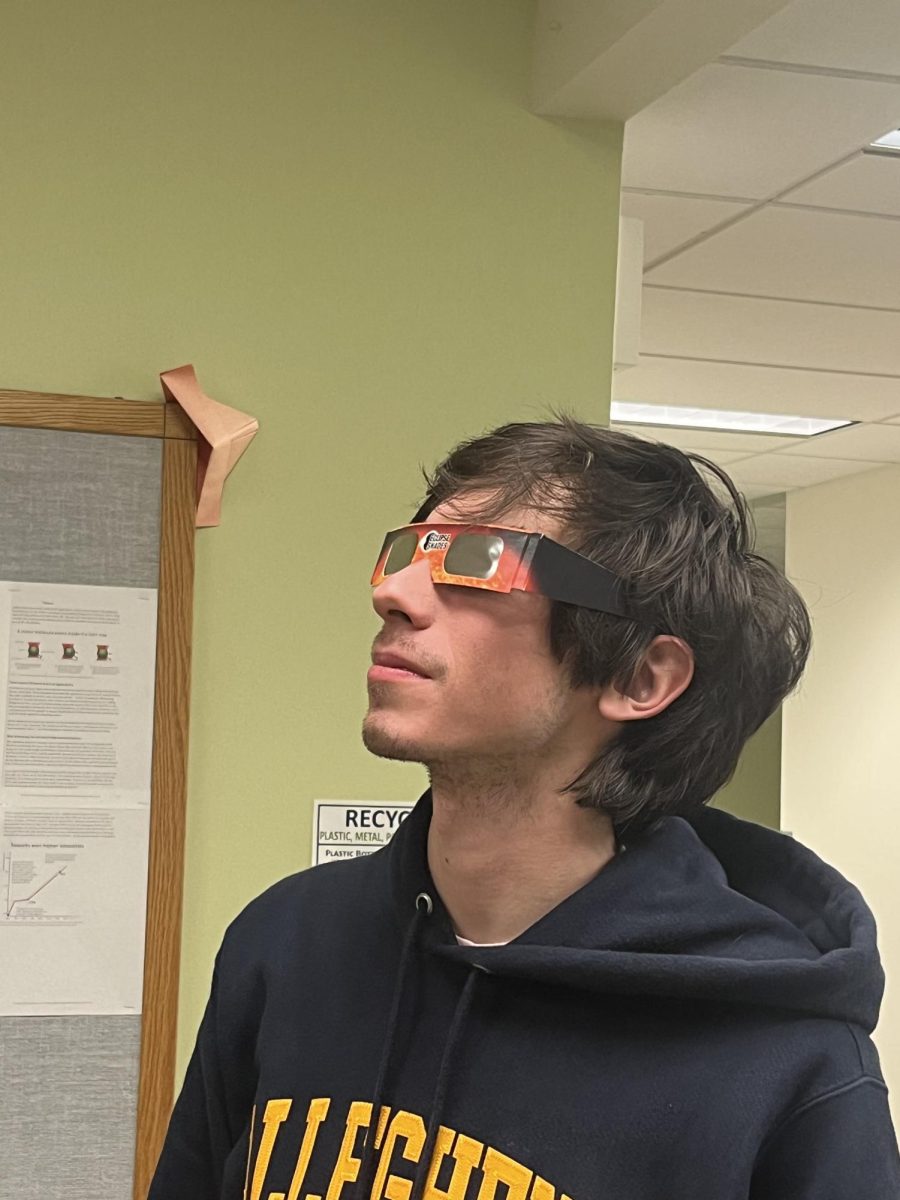A meteor exploded over Russia’s Ural Mountains this past Friday, breaking into more than 50 fragments. Luckily, the debris missed the town of Chelyabinsk and its 1.3 million people. Still, as the meteor flew above, the people below panicked in the streets as they watched a giant ball of flames fly through the sky. The shockwave from the meteor — the intensity of which NASA experts compared to 300,000 tons of TNT or 30 Hiroshima bombs — hit the city with 500 kilotons of energy that left about 1,500 people injured and left many more homes destroyed.
Most of the damage caused by the blasts occurred as the meteor broke apart in the earth’s atmosphere. Falling through the atmosphere, the meteor experienced rapid changes in pressure, temperature, and density causing a shockwave. As the shockwave propagated outward, it passed through many buildings in the town below and sent shards of glass flying everywhere.
Remnants of the meteor left a 20 foot wide hole in Chebarkul Lake, although only small fragments from the meteor have been recovered. The meteor was estimated to weigh ten tons and measure fifty meters in diameter, making it the largest space rock to hit Earth in more than a century. The novelty of its collision with the lake has made the spot a tourist attraction where chunks of meteor are selling at a high price.
So what makes a meteorite different than a regular, old, earth rock? Meteorites are characterized by their black, “ash-like” surface, or fusion crust, which is caused by the high temperatures caused by the friction between the rock and the atmosphere. Meteorites also exhibit a very smooth surface and unusually high density. Most meteorites are also typically made of iron or nickel.
As one meteor was hurtling toward Chelyabinsk, an asteroid called 2012 DA14 barely brushed by earth just 17,000 miles above the planet’s surface. A NASA spokesman told CNN that scientists had determined that the Russian meteor and the asteroid were completely unrelated.
According to NASA, if the second asteroid–whose diameter was estimated to have been about half the length of a football field –had made impact with the earth, it could have obliterated an entire city. Because of the slim probability of these two events occurring at the same time, many scientists are beginning to scramble to put their plans for asteroid detection and prevention into action.
In 1998, NASA initiated a program called Near-Earth Object (NEO) in order to discover and catalogue comets and asteroids that may cross paths with Earth. The program tracks these objects with land-based and orbiting telescopes, and also categorizes an object’s threat to earth based on its mass and orbit.
Another program funded by NASA, the Minor Planet Center (MPC), is responsible for the designation of minor bodies in the solar system such as planets, comets and natural satellites. The MPC is run by the Smithsonian Astrophysical Observatory and requires that all asteroid observations, even observations by an amateur star-gazer, are reported to them.
Private programs are beginning to gain support as well. Just last year, former astronauts and scientists launched B612, a project that will finance, build and launch the first private space infrared telescope meant to track thousands of asteroids and create the first comprehensive dynamic map of the inner solar system. If B612 raises $450 million, the nonprofit organization plans to deploy the satellite into a 6.5 year mission in a Venus-like orbit around the sun by 2018.
At the University of Hawaii Institute for Astronomy, the Panoramic Survey Telescope and Rapid Response System (Pan-STARRS) takes one deep, narrow survey of the night sky per month in search of large, threatening asteroids that are years, decades and centuries away from impacting the Earth.
In contrast to Pan-STARR, which will only be able to take one survey of the night sky per month, a new program called Asteroid Terrestrial-Impact Alert System (ATLAS) will survey the night sky every night for asteroids that are much closer to Earth. A former astronomy student from the University of Hawaii, Chelsea Pelton, described the program to The Campus via email:
“The other telescopes currently on Big Island allow astronomers to monitor space for asteroids and whatnot,” Pelton said, “but as a result of the grant funding [from] ATLAS, new equipment will be put in place with the sole function of being an alert system, as opposed to being shared with the research astronomers.”
The five million dollar project, which NASA claims is sensitive enough to detect a match flame in New York City from San Francisco, should be effective by 2015.
In addition to asteroid detection programs, asteroid deflection plans are also being made. Paek, a graduate student at MIT won the 2012 Move an Asteroid Technical Paper Competition that was sponsored by the United Nation’s Space Generation Advisory Council.
Paek theorized that paint balls containing white or light colored paint could be shot at an asteroid in order to direct it from interfering with Earth’s orbit. Th slight momentum caused by the paintballs as they hit the asteroid would cause the asteroid to veer ever so slightly off its path towards Earth. Specifically, the reflectivity of the paint on the asteroid would increase the pressure that photons of sunlight exert while bouncing off the asteroid, thereby forcing the asteroid to steer clear of the Earth. Paek calculated that about 10 tons of paint and 20 years notice would be needed to change the course of an asteroid with a 1,480 foot diameter that is hurtling toward our home planet.
These asteroid detection and deflection programs cost millions, and oftentimes billions of dollars, so that they can protect humankind from a rare event that happens only once every century.
The last meteor that was documented made impact with the Earth in 1908 in a remote area of Siberia called Tunguska. The meteor leveled 80 million miles of trees, or an area that is roughly about two-thirds of Rhode Island. Many times, asteroids impact the Earth like this, without any humans knowing.
In a world that is 75% water and only 29% land, the probability that an asteroid will make impact with a populated area is slim, especially, when 33% of the total land mass is barren dessert. Although the meteor that just impacted Russia last week was a rare disaster, some believe that precautions are still important.
Some, like Pelton, believe that prevention programs can be worth the expense.
“ I don’t believe there should be a price limit on security and life,” she said.





